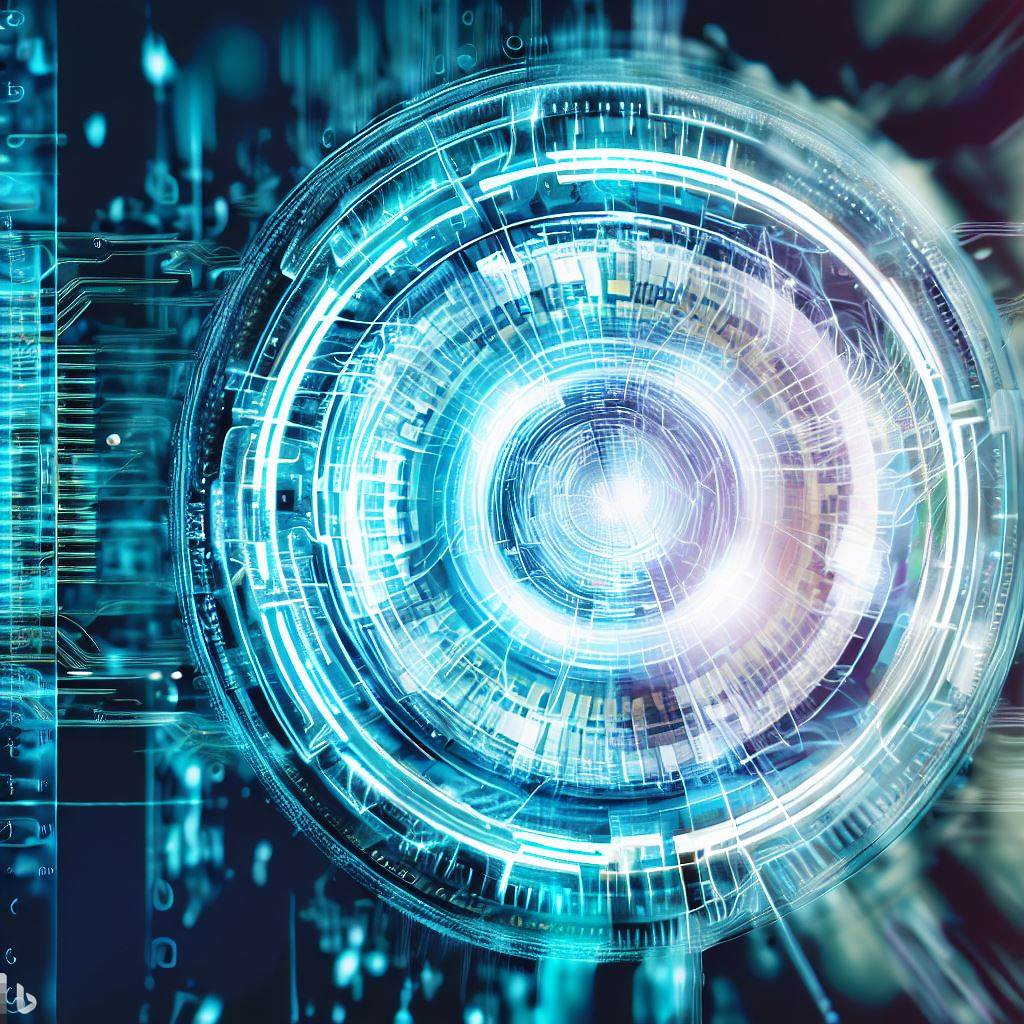
Cybersecurity is a field of paramount importance as we become more dependent on digital systems in every aspect of our lives. Threats evolve in tandem with technological advancements, making the future of cybersecurity a dynamic and constantly changing landscape. Here’s a look at the anticipated trends and developments:
1. AI and Machine Learning in Defense:
- AI and ML will not just be tools for attackers but defenders too. These technologies will help in real-time threat detection, automating responses, and predicting potential attack vectors.
2. Quantum Cryptography:
- The advent of quantum computing poses threats to current encryption standards. Quantum cryptography might be the solution, providing theoretically unbreakable encryption.
3. Increased Focus on IoT Security:
- With billions of IoT devices being integrated into daily life and critical infrastructure, there will be a heightened emphasis on their security to prevent large-scale breaches.
4. Zero Trust Architectures:
- The “never trust, always verify” approach will become a standard, where every device, user, and network flow is authenticated and verified.
5. Biometric Security Advancements:
- Biometrics, such as facial recognition, fingerprints, and even brainwave patterns, will play a more significant role in authentication processes.
6. Decentralized Security Systems:
- With the rise of blockchain and decentralized technologies, we might see security systems that aren’t reliant on a central authority, reducing single points of failure.
7. Supply Chain Security:
- After high-profile attacks targeting supply chains, there will be an increased focus on securing every element of the production and distribution process.
8. Advanced Phishing Attack Techniques:
- Attackers will leverage AI to create highly convincing phishing campaigns, making user education and advanced detection systems crucial.
9. Security in the Age of 5G:
- The rollout of 5G networks will necessitate new security protocols to handle increased bandwidth and connected device numbers.
10. Insider Threat Detection:
- With insider threats being a significant concern, there will be a surge in tools and strategies to detect anomalous behavior from legitimate users.
11. Privacy Enhancements:
- As data privacy regulations become stricter worldwide, tools enabling data anonymization and user consent management will become standard.
12. Cybersecurity Skill Gap:
- The demand for skilled cybersecurity professionals will continue to grow. Organizations and educational institutions will focus on training and development to bridge this gap.
13. Increased Collaboration:
- Public and private sector collaboration will intensify, sharing threat intelligence and best practices to counteract advanced persistent threats.
14. Continuous Authentication:
- Systems will continuously monitor user behavior during sessions, adapting authentication levels based on detected risk.
15. Automated Incident Responses:
- Instead of solely relying on human intervention, automated systems will manage initial responses to detected security incidents, speeding up reaction times.
While these advancements offer a glimpse into the future, the essence of cybersecurity will always revolve around the perpetual cat-and-mouse game between attackers and defenders. Adaptability, vigilance, and innovation will remain the cornerstones of effective cybersecurity.
